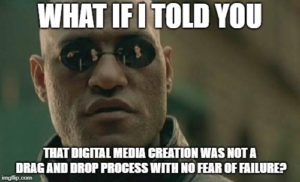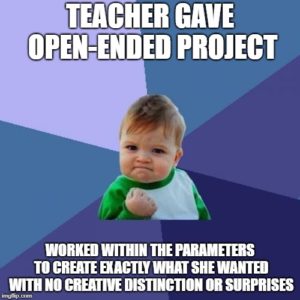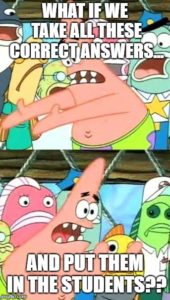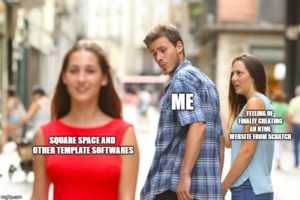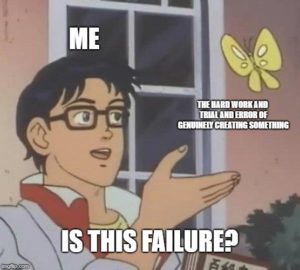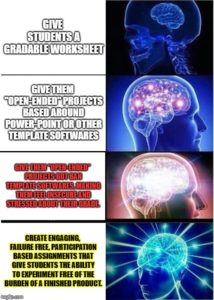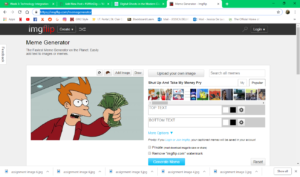For this multimedia reflection I decided to try out Powtoon after hearing about it in several classes over the past two years. For those who don’t know Powtoon is a flashy power-point variant that gives you the option to present your work in the form of a video.
Take a look:
Wow! Pretty cool right?! Makes you just wanna make one right this second yeah? Welllllll…
You see Powtoon is a freemium model which means you can pay for extra features with either a PRO or PRO+ membership, which allows you to unlock different backgrounds, music, clipart, and export features (such as download). This actually made the creation of the Powtoon harder because ideas I had would be squashed by what was available to me as a free user.
However, perhaps your wondering is Powtoon is worth buying into?

…Yeah no…
Because much of Powtoon is locked behind a paywall I think it may end up being a bit infuriating to use, as students are going to naturally want to use content that they cannot within the free version.
It should be stated however that if you want to do the legwork and find your own videos and images you are allowed to import them but videos cannot come from Youtube which means every video needs to be downloaded and re-uploaded…something that is just not feasible on classroom WiFi.
In my opinion Powtoon was little more exciting that creating a power-point and some of the free user woes really soured my opinion of it. Was the final product cool? Yes. Would my students want to possibly create one of their own? Sure. But as we look at Powtoon through the CONNECT phase of Design Learning the flaws mean that is really not feasible until the intermediate grades where even still the actual execution is not worth the end result.
Thank you for listening to my Ted Talk.
/rant



